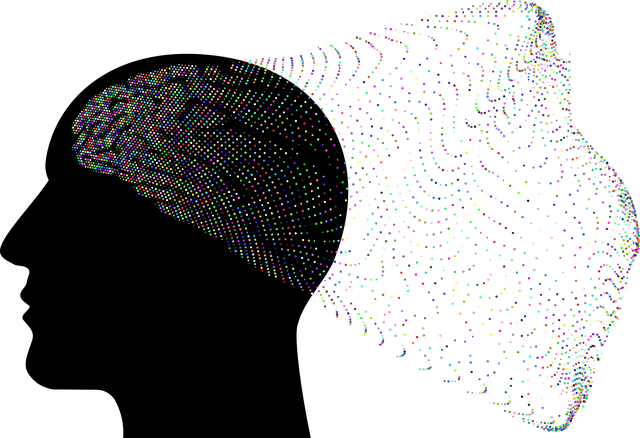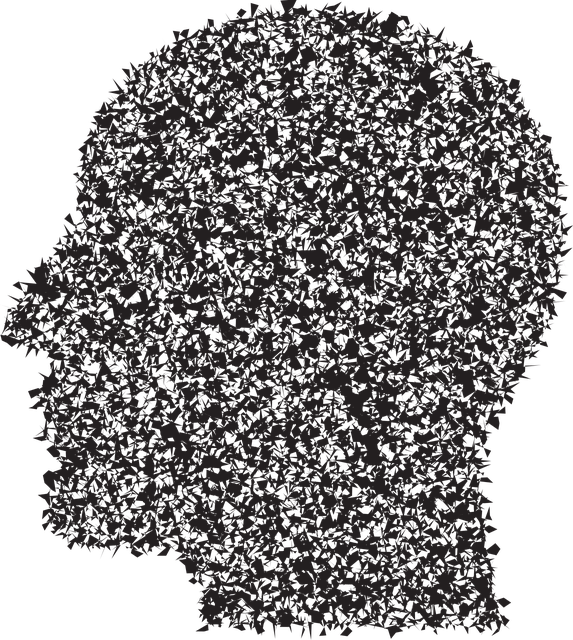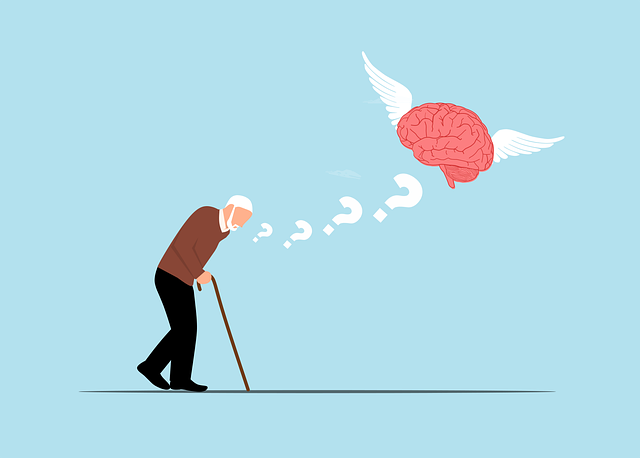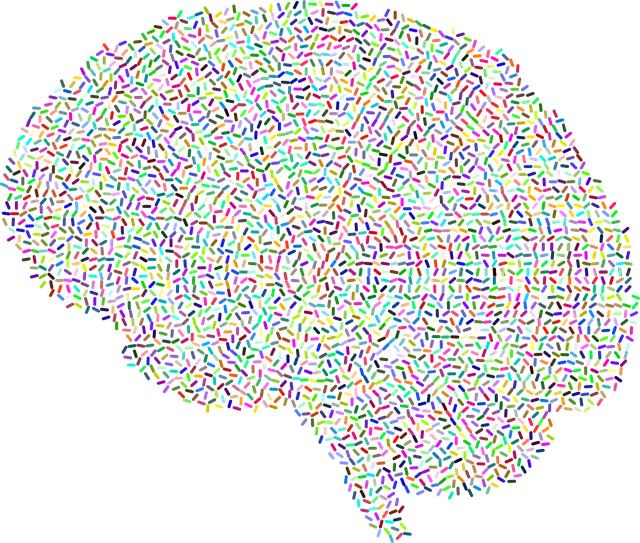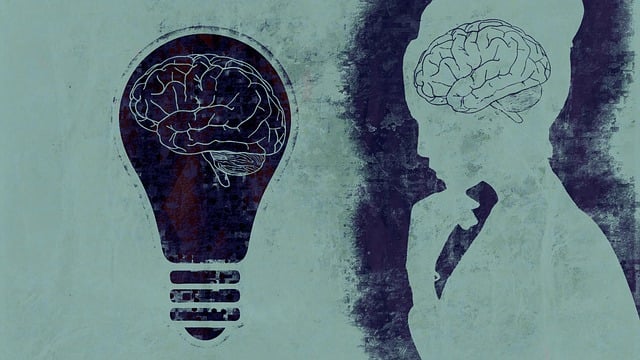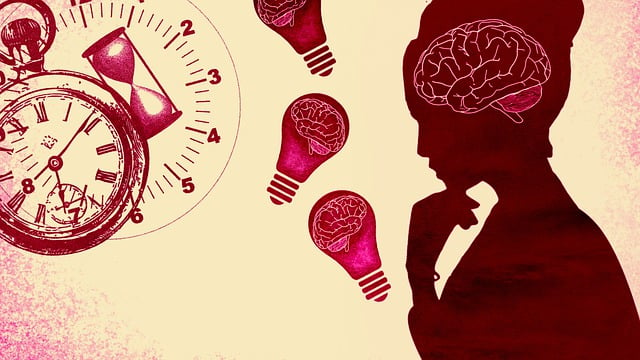Greenwood Village Dialectical Behavioral Therapy (DBT) enhances resilience through its RFM framework, focusing on Resources, Strengths, and Motivations. By identifying internal capabilities like emotional awareness and external assets such as social connections, individuals gain confidence to navigate life's challenges. This personalized approach integrates empathy-building strategies to foster a supportive environment for emotional exploration and stress management, empowering clients with effective coping skills for improved mental health. DBT combines acceptance and change strategies, teaching mindfulness, emotional regulation, and conflict resolution skills, ultimately promoting personal growth and enhanced well-being.
Resilience is a powerful tool for navigating life’s challenges, and the RFM (Resources, Skills, Motivation) model offers a structured approach to building it. This article explores how the Greenwood Village Dialectical Behavioral Therapy (DBT) framework incorporates RFM into therapeutic practices. We’ll delve into designing tailored resilience-building exercises, implementing them in therapy sessions, and measuring their impact. By combining these strategies, mental health professionals can empower individuals to overcome obstacles and foster long-lasting well-being.
- Understanding RFM and Its Role in Resilience Building
- The Greenwood Village Dialectical Behavioral Therapy Approach
- Designing Effective Resilience-Building Exercises
- Implementing RFM in a Therapeutic Setting
- Measuring Success and Adjusting Strategies
Understanding RFM and Its Role in Resilience Building

Resilience is a key component of overall well-being, enabling individuals to navigate life’s challenges with strength and adaptability. This is where RFM, or Resources, Strengths, and Motivations, comes into play as a powerful framework in Greenwood Village Dialectical Behavioral Therapy (DBT). By understanding an individual’s unique resources, strengths, and motivations, therapists can tailor interventions to foster resilience. This personalized approach ensures that therapy addresses the client’s specific needs, making it more effective for building coping skills and enhancing overall mental health.
The RFM model encourages individuals to identify their internal resources, such as emotional awareness and problem-solving abilities, along with external strengths like social connections and past achievements. Recognizing these can boost confidence and self-esteem. For instance, empathy-building strategies can strengthen the bond between therapist and client, fostering a safe space for emotional exploration. This, in turn, aids in stress management and promotes healthy coping mechanisms. By integrating RFM into therapy sessions, individuals are empowered to build resilience, ensuring they have the tools to navigate life’s ups and downs with greater ease.
The Greenwood Village Dialectical Behavioral Therapy Approach

The Greenwood Village Dialectical Behavioral Therapy (DBT) approach is a therapeutic intervention designed to help individuals navigate and manage intense emotions, reduce impulsive behaviors, and improve interpersonal relationships. This therapy, pioneered by Dr. Marsha Linehan, emphasizes a balance between acceptance and change, teaching clients both skills for coping with difficult situations and fostering self-acceptance. The DBT model includes various techniques such as mindfulness practices, emotional regulation strategies, and effective conflict resolution techniques to help individuals build resilience.
In the context of Greenwood Village DBT, community-oriented programs often incorporate empathy-building strategies to enhance understanding among group members. These efforts aim to reduce the mental illness stigma by fostering an environment where everyone feels heard and supported. By combining these approaches, the therapy facilitates personal growth, enhances overall well-being, and empowers individuals to lead fulfilling lives while effectively managing challenges.
Designing Effective Resilience-Building Exercises

Designing Effective Resilience-Building Exercises plays a pivotal role in fostering adaptability and coping mechanisms, especially in communities like Greenwood Village where diverse populations may face unique challenges. The process begins by identifying specific areas where resilience is needed, whether it’s managing stress, improving emotional regulation, or enhancing problem-solving skills. Therapy models such as Dialectical Behavioral Therapy (DBT) offer structured frameworks for these exercises, incorporating proven techniques to build mental fortitude.
For instance, exercises focusing on mindfulness and meditation can help individuals stay grounded in the present moment, reducing reactivity to stressful situations. Communication strategies, a key component of Trauma Support Services and Crisis Intervention Guidance, empower participants to express their needs effectively while fostering understanding and connection with others. By integrating these approaches, residents of Greenwood Village can develop robust resilience, enabling them to navigate life’s challenges with greater ease and confidence.
Implementing RFM in a Therapeutic Setting

Implementing RFM (Resilience, Flexibility, and Mastery) in a therapeutic setting, such as Greenwood Village Dialectical Behavioral Therapy, offers a powerful framework for enhancing client resilience. This approach, grounded in evidence-based practices, equips individuals with skills to navigate crises and promote mental wellness. By integrating RFM into therapy sessions, professionals can provide clients with tools to foster adaptability, cope with challenging situations, and develop a sense of personal agency.
In the context of crisis intervention guidance and risk management planning for mental health professionals, RFM serves as a dynamic strategy. It encourages individuals to view setbacks as opportunities for growth, enhancing their ability to bounce back from adversity. This approach is particularly beneficial in navigating the complexities of mental health issues, ensuring clients are equipped with the resilience needed to thrive in their personal journeys towards recovery and improved mental wellness, as highlighted in our popular Mental Wellness Podcast Series Production.
Measuring Success and Adjusting Strategies

Measuring success is a vital component of any therapy program, and Greenwood Village Dialectical Behavioral Therapy (DBT) is no exception. When implementing resilience-building exercises, therapists should set clear goals and outcomes tailored to each client’s needs. Regular evaluation allows for tracking progress and identifying areas where strategies may require adjustments. This iterative process ensures that the therapy remains effective and aligned with the client’s evolving mental health landscape.
Adjusting strategies based on measured outcomes is an essential aspect of DBT. If clients demonstrate improved self-awareness exercises and better coping mechanisms, therapists can progressively reduce support. Conversely, if certain resilience-building techniques prove ineffective, therapists should consider alternative approaches or intensify specific skills training. This flexible approach, guided by ongoing assessment, fosters a more personalized journey towards enhanced mental health awareness and anxiety relief.
The implementation of RFM, as facilitated by the Greenwood Village Dialectical Behavioral Therapy approach, offers a powerful framework for building resilience in individuals. By designing and delivering effective exercises, therapists can empower clients to navigate life’s challenges with greater ease. Through measured success and strategic adjustments, this method enhances coping skills and fosters a profound sense of well-being. Integrating RFM into therapeutic settings, as exemplified by Greenwood Village DBT, proves to be a game-changer in mental health support.




